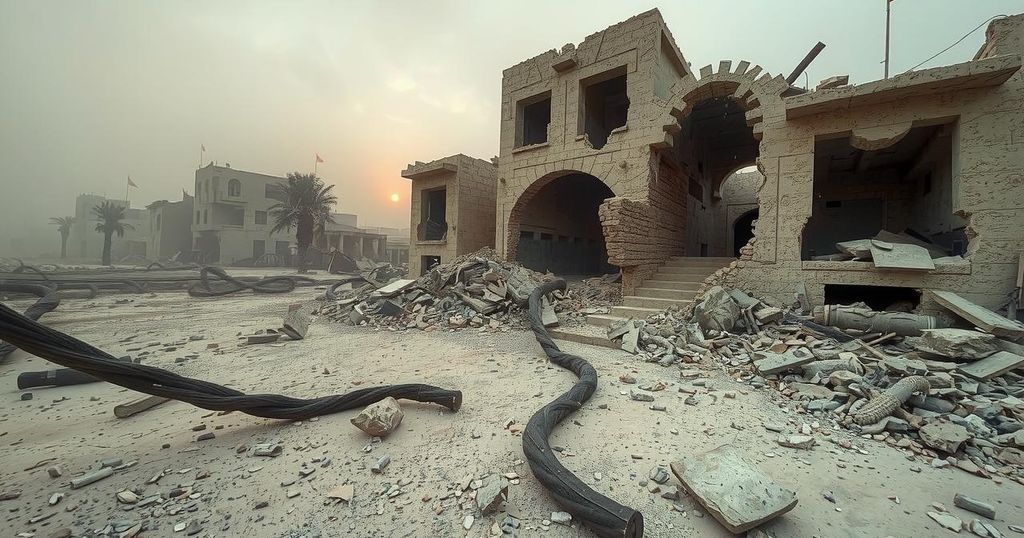On February 10, Southern California experienced its third earthquake in just over 12 hours, with a 3.6-magnitude tremor reported. The shaking, felt by hundreds across several regions, followed earlier earthquakes on the same day. Authorities provided essential safety tips for individuals during seismic events, highlighting the importance of preparedness and understanding earthquake magnitudes.
On February 10, a 3.6-magnitude earthquake rattled Southern California, marking the third tremor in a span of slightly over 12 hours, according to the United States Geological Survey (USGS). The quake struck approximately three miles northeast of San Bernardino before 10 p.m. At a depth of about five miles, it was felt by over 500 individuals from areas including Victorville and Riverside.
Earlier that day, the region experienced two additional earthquakes: a 3.6-magnitude quake at 9:44 a.m. and a subsequent 3.0-magnitude tremor just a few minutes later, at 9:48 a.m. These quakes prompted feelings of disturbance among more than 600 individuals from locations such as Barstow and Riverside, underscoring the widespread impact of the seismic activity.
As noted by the USGS, the magnitude of an earthquake indicates the energy released at its source, superseding the traditional Richter scale. Earthquakes within the 2.5 to 5.4 magnitude range are commonly felt, although they seldom cause significant damage. It is also important to note that quakes under 2.5 magnitude are typically imperceptible to most individuals.
In light of the rapid shaking caused by earthquakes, which may lead to fires, tsunamis, or landslides, it is crucial for residents to be prepared. The Department of Homeland Security highlights that while earthquakes can occur anywhere, they are particularly prevalent in states such as Alaska, California, Hawaii, and Washington.
During an earthquake, it is advised to adopt these protective measures: if in a vehicle, pull over and stop; if in bed, lie face down and protect the head with a pillow; if outdoors, remain clear of buildings; and if indoors, stay put and avoid doorways. Experts emphasize the importance of the Drop, Cover, and Hold On technique for self-protection during seismic events.
Emergency protocols recommend dropping to hands and knees, securing hold of a sturdy object, and protecting the head and neck with arms. In the absence of accessible shelters, individuals should seek refuge against an interior wall away from windows. Furthermore, preparedness must continue post-earthquake due to possible hazards like structural damages or gas leaks, and residents should remain vigilant for aftershocks, ready to Drop, Cover, and Hold On once more.
In conclusion, Southern California endured a series of earthquakes on February 10, beginning with a significant 3.6-magnitude tremor. With additional quakes occurring within hours, authorities emphasized the importance of preparedness and response strategies. Understanding earthquake magnitudes and safety measures is critical for mitigating risks associated with seismic activity. Residents are encouraged to stay vigilant and informed regarding emergency procedures to ensure personal safety in the event of future earthquakes.
Original Source: www.sacbee.com




